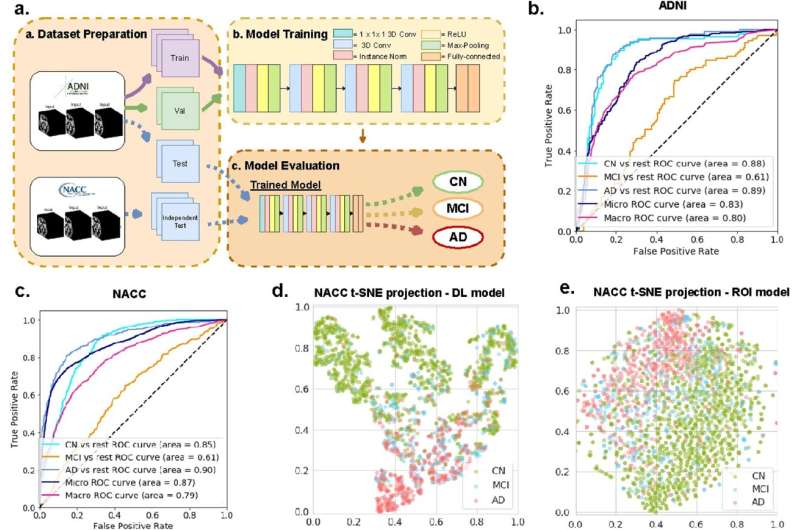
Griffith University researchers have demonstrated that a bacteria can travel through the olfactory nerve in the nose and into the brain in mice, where it creates markers that are a tell-tale sign of Alzheimer’s disease.
The study, published in the journal Scientific Reports, showed that Chlamydia pneumoniae used the nerve extending between the nasal cavity and the brain as an invasion path to invade the central nervous system. The cells in the brain then responded by depositing amyloid beta protein which is a hallmark of Alzheimer’s disease.
Professor James St John, Head of the Clem Jones Center for Neurobiology and Stem Cell Research, is a co-author of the world first research.
“We’re the first to show that Chlamydia pneumoniae can go directly up the nose and into the brain where it can set off pathologies that look like Alzheimer’s disease,” Professor St John said. “We saw this happen in a mouse model, and the evidence is potentially scary for humans as well.”
The olfactory nerve in the nose is directly exposed to air and offers a short pathway to the brain, one which bypasses the blood-brain barrier. It’s a route that viruses and bacteria have sniffed out as an easy one into the brain.
The team at the Center is already planning the next phase of research and aim to prove the same pathway exists in humans.
“We need to do this study in humans and confirm whether the same pathway operates in the same way. It’s research that has been proposed by many people, but not yet completed. What we do know is that these same bacteria are present in humans, but we haven’t worked out how they get there.”
There are some simple steps to look after the lining of your nose that Professor St John suggests people can take now if they want to lower their risk of potentially developing late-onset Alzheimer’s disease.
“Picking your nose and plucking the hairs from your nose are not a good idea,” he said.
“We don’t want to damage the inside of our nose and picking and plucking can do that. If you damage the lining of the nose, you can increase how many bacteria can go up into your brain.”
Smell tests may also have potential as detectors for Alzheimer’s and dementia says Professor St John, as loss of sense of smell is an early indicator of Alzheimer’s disease. He suggests smell tests from when a person turns 60 years old could be beneficial as an early detector.
“Once you get over 65 years old, your risk factor goes right up, but we’re looking at other causes as well, because it’s not just age—it is environmental exposure as well. And we think that bacteria and viruses are critical.”
Griffith University

